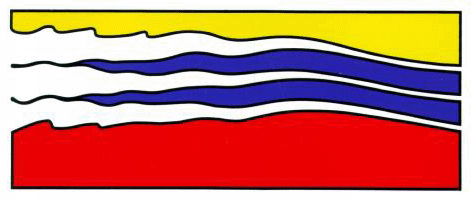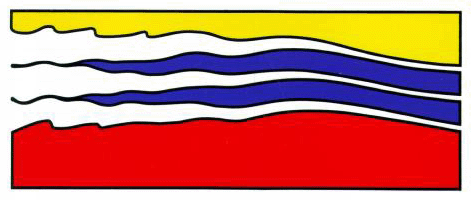
4111 Monarch Way, 3rd Floor
Old Dominion University
Norfolk, VA 23508
757-683-4940


The disintegration of ice shelves, reduced sea-ice and glacier
extent, and shifting ecological zones observed around Antarctica
highlight the impact of recent atmospheric and oceanic warming on the
cryosphere. Observations and models suggest that oceanic and
atmospheric temperature variations at Antarctica's margins affect global
cryosphere stability, ocean circulation, sea levels and carbon cycling.
In particular, recent climate changes on the Antarctic Peninsula have
been dramatic, yet the Holocene climate variability of this region is
largely unknown, limiting our ability to evaluate ongoing changes within
the context of historical variability and underlying forcing mechanisms.
Here we show that surface ocean temperatures at the continental margin of
the western Antarctic Peninsula cooled by 3-4°C over the past 12,000
years, tracking the Holocene decline of local (65°S) spring insolation.
Our results, based on TEX86 sea surface temperature (SST) proxy
evidence from a marine sediment core, indicate the importance of regional
summer duration as a driver of Antarctic seasonal sea-ice fluctuations. On
millenial timescales, abrupt SST fluctuations of 2-4°C coincide with
globally recognized climate variablity.
Similarities between our SSTs, Southern Hemisphere westerly wind
reconstructions and El Niño/Southern Oscillation variability indicate
that present climate teleconnections between the tropical Pacific Ocean and
the western Antarctic Peninsula strengthened late in the Holocene epoch. We
conclude that during the Holocene, Southern Ocean temperatures at the
western Antarctic Peninsula margin were tied to changes in the position of
the westerlies, which have a critical role in global carbon cycling.
As an undergraduate at Hamilton College in 1995, Amelia Shevenell got her first taste of Antarctica and paleoceanographic research as an NSF REU participant. After a two-year "break" from academia, during which time she worked as an analytical chemist and environmental consultant in Juneau, Alaska, Dr. Shevenell moved south to sunny Santa Barbara, California to begin her graduate studies in Marine Science with Dr. Jim Kennett. Her M.Sc. and Ph.D. research at the University of California Santa Barbara examined the evolution of Antarctica and the Southern Ocean system on hundred year to million year timescales. After a Program on Climate Change post-doctoral fellowship at the University of Washington, Dr. Shevenell moved to University College London, in England, where she was an Assistant Professor in both the Earth Sciences and Geography Departments until 2011, when she began an Assistant Professorship at the University of South Florida's College of Marine Science. She uses a multiproxy geochemical approach to investigate processes occurring along Antarctica's margins, including trying to understand the past influence of Upper Circumpolar Deep Water on Antarctica's ice sheets. In recent years, Dr. Shevenell's research interests have expanded beyond the Southern Ocean and into the Northern Hemisphere high latitudes.

|
Innovation Research Park Building I 4111 Monarch Way, 3rd Floor Old Dominion University Norfolk, VA 23508 757-683-4940 |

|